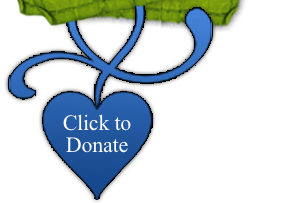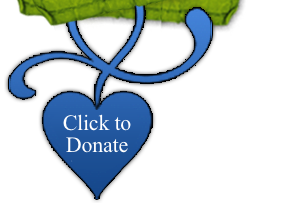|
 |
|
About Nager SyndromeNager Syndrome, (acrofacial dysostosis) is a rare genetic condition involving physical anomalies. There is usually some level of hearing loss, which can range from moderate to severe.The facial characteristics include downward slanting palpebral fissures (eyelids), absence or underdeveloped lower jaw, malformed outer and middle ears (from mild to total absence), clefting of hard or soft palates, absence of lower eyelashes, and scalp hair extending on to cheek. Upper limb defects include underdeveloped or missing thumbs and occasional absence of the radial limb. Other limb anomalies such as limitations of elbow extension may occur. Legs and toes may also be affected. Some internal anomalies exist including stomach or kidney reflux. The severity of the syndrome varies. There have been fewer than 200 documented cases of Nager Syndrome world wide. However there are no known statistics for the populations of some of the world's largest countries, such as China and India. The inheritance pattern for Nager Syndrome is debatable as cases of both dominant and autosomal recessive inheritance have been identified.
For more information on Nager Syndrome contact us »
|















